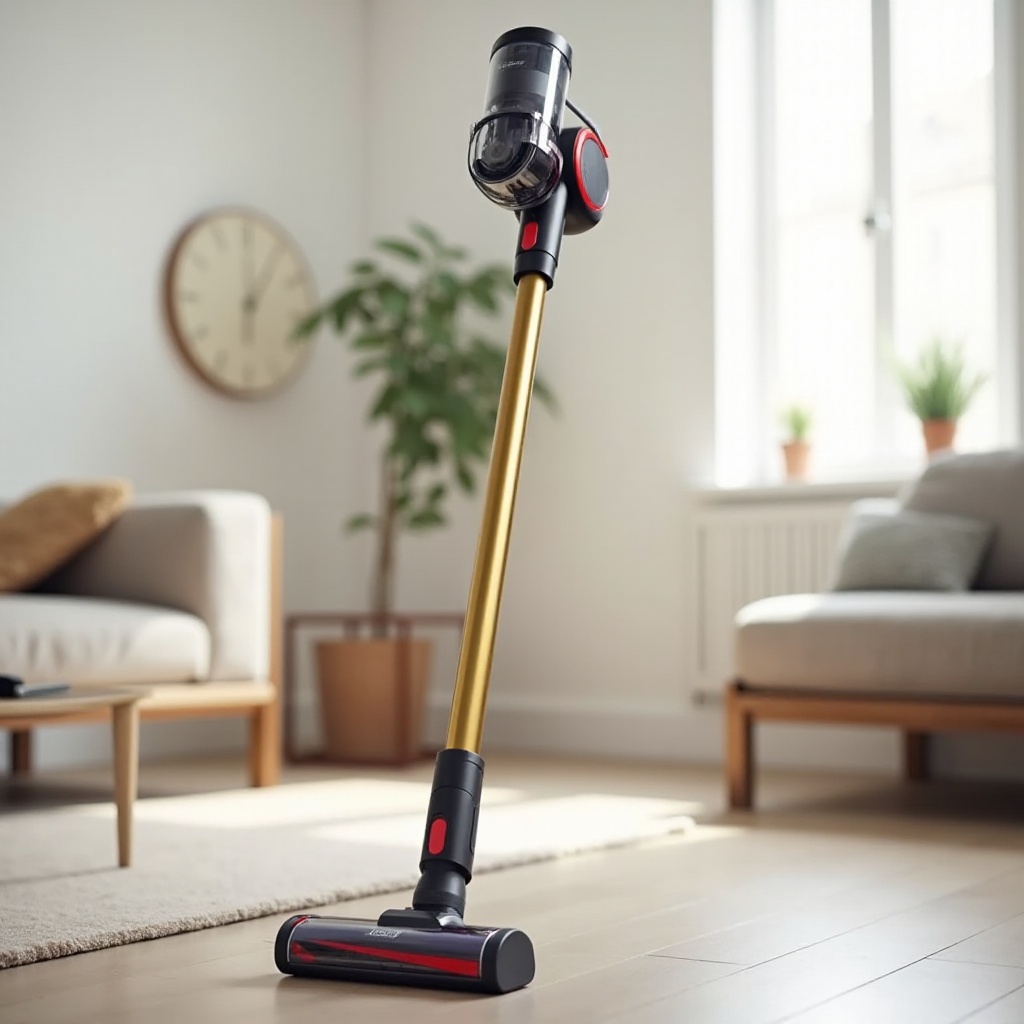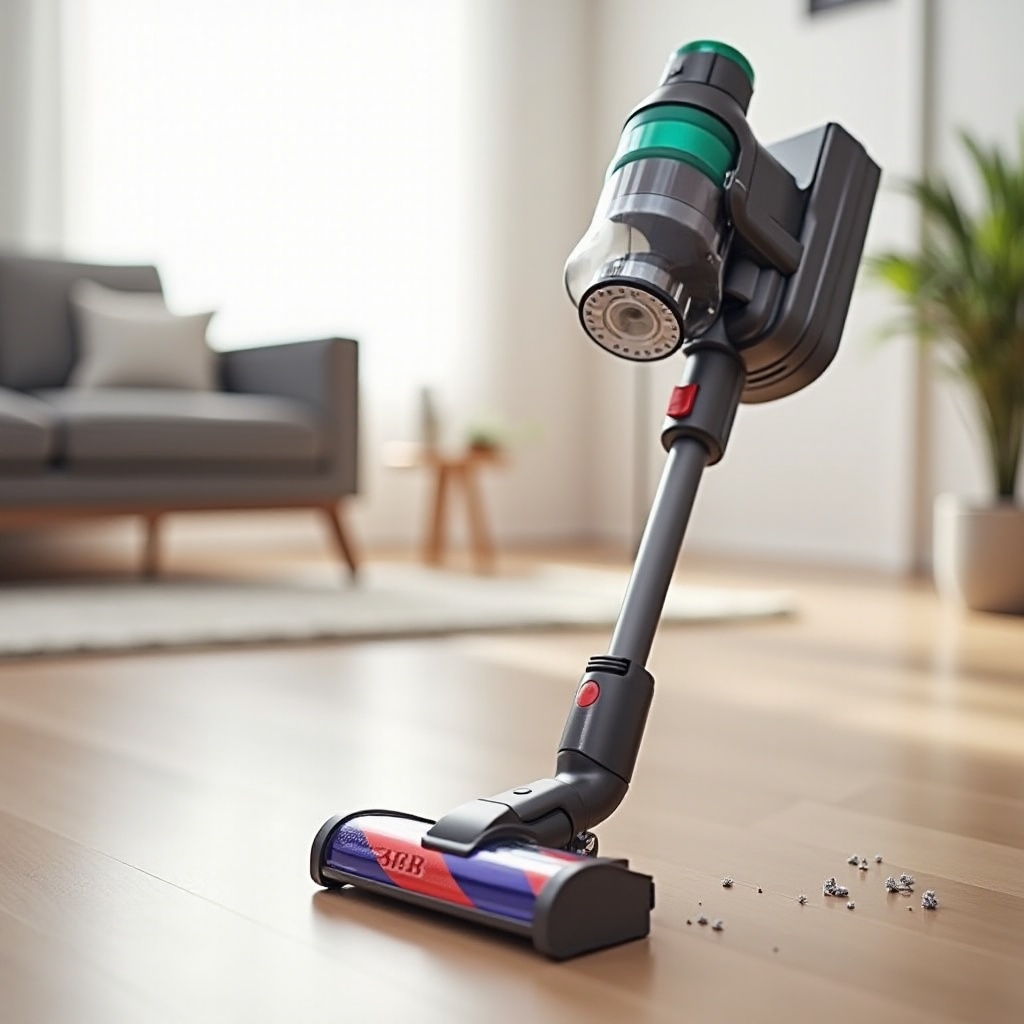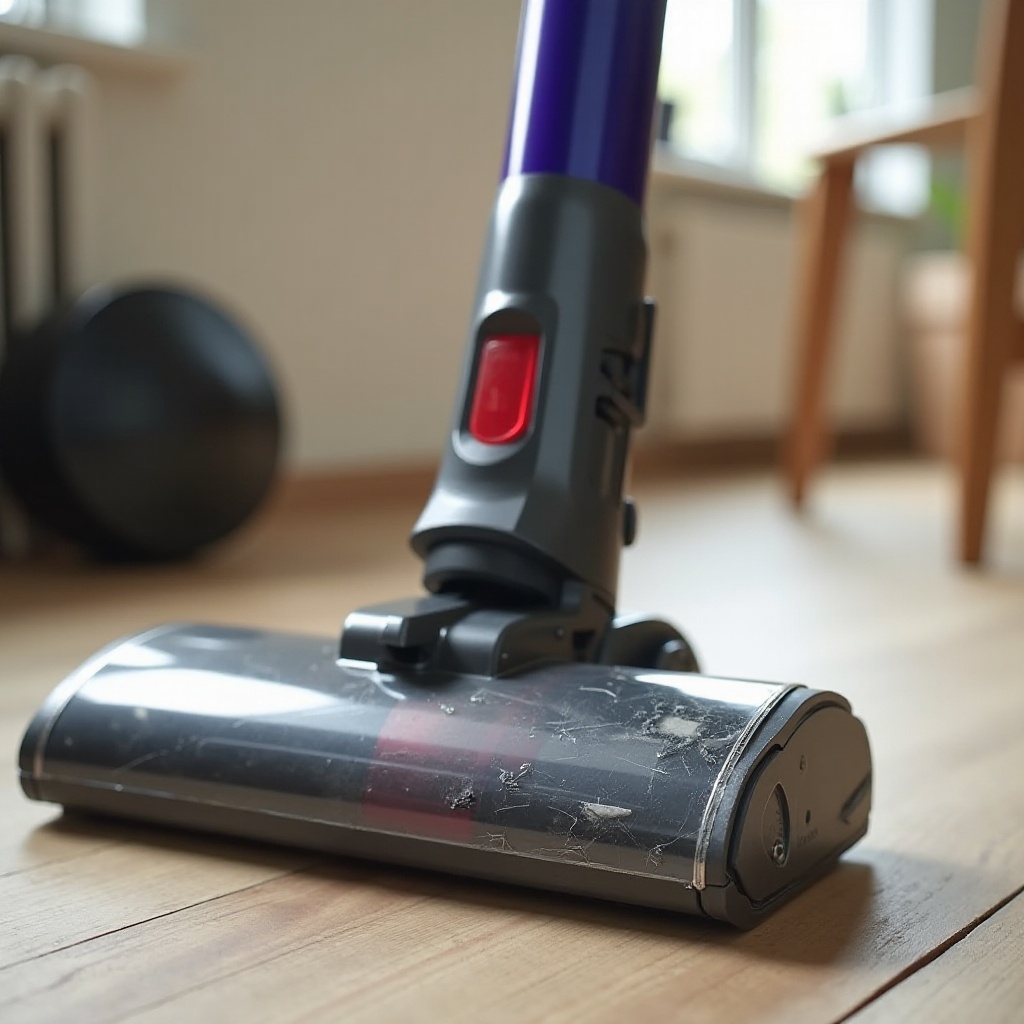Introduction
When choosing a vacuum cleaner, stick vacuum cleaners often stand out due to their sleek design and maneuverability. These appliances are highly convenient for quick cleaning tasks. However, stick vacuum cleaners also come with various downsides that you should consider before making a purchase. This blog explores these drawbacks in detail to help you make an informed decision.

Limited Battery Life
One of the primary disadvantages of stick vacuum cleaners is their limited battery life. Since these devices are cordless, they rely on rechargeable batteries for power. While this offers freedom of movement, it also means that battery life becomes a critical factor. On average, most stick vacuum cleaners provide about 20 to 40 minutes of run time. High-power modes drain the battery even faster.
For instance, if you have a larger home or need to perform extensive cleaning, you might find the battery running out halfway through the task. This necessitates frequent recharges, interrupting your cleaning routine and making it less efficient.
When considering a stick vacuum cleaner, it’s essential to weigh this factor against your cleaning needs. If you frequently engage in extended cleaning sessions, the limited battery life could become a significant inconvenience.
Reduced Suction Power
Stick vacuum cleaners are designed to be lightweight and portable, which often comes at the cost of suction power. Compared to traditional upright or canister vacuum cleaners, stick models typically have less powerful motors. This reduction in suction power can impact their effectiveness, particularly when tackling carpets and rugs or cleaning up larger debris.
Generally, stick vacuum cleaners work well on hard floors and low-pile carpets. However, their performance may falter when dealing with thick carpets or stubborn dirt. You may find that you need to go over the same spot multiple times to achieve a thorough clean, which can be time-consuming.
Given this limitation, it’s crucial to consider the types of surfaces and the level of cleanliness you require. If deep cleaning is a priority, a more powerful vacuum cleaner might be a better fit.
Smaller Dustbin Capacity
Another issue with stick vacuum cleaners is their smaller dustbin capacity. Due to their compact design, these vacuums come with smaller dustbins than traditional models. This means they fill up quickly, especially when used for extensive cleaning sessions or in homes with pets.
Regularly emptying the dustbin during cleaning can disrupt your flow and make the task more cumbersome. Moreover, smaller dustbins can contribute to additional maintenance, as they may require more frequent cleaning to keep the vacuum functioning optimally.
For households with high cleaning demands or those with multiple pets, the smaller dustbin capacity can be a significant drawback. Ensuring your vacuum has enough capacity to handle your needs without constant interruptions is vital.

Durability Concerns
The lightweight and portable nature of stick vacuum cleaners can also raise concerns about durability. Since they are designed to be easy to handle, some models may sacrifice sturdiness for weight reduction. This can lead to issues with wear and tear over time.
Parts like the motor, battery, and attachments may be less robust compared to those in traditional vacuum cleaners. Moreover, if a part breaks or malfunctions, it can be more challenging and expensive to repair or replace.
When evaluating a stick vacuum cleaner, it’s essential to read reviews and consider the brand’s reputation for durability. A sturdy model may cost more upfront but could save money and hassle in the long run.

Higher Price Points for High-End Models
While budget stick vacuum cleaners are available, high-end models come with a heftier price tag. These premium models often feature advanced technologies such as stronger suction, longer battery life, and better filtration systems. However, the high cost can be a deterrent for many consumers.
Investing in a high-end stick vacuum cleaner may offer more features and potentially mitigate some disadvantages mentioned earlier. Yet, it’s essential to consider whether these benefits justify the higher price compared to other types of vacuum cleaners that may offer similar functionalities at a lower cost.
Comparing prices, understanding the specific features you need, and evaluating whether a high-end stick vacuum fits within your budget are crucial steps in making an informed decision.
Conclusion
While stick vacuum cleaners offer convenience and portability, they come with several disadvantages that must be considered. Limited battery life, reduced suction power, smaller dustbin capacity, durability concerns, and higher prices for high-end models are significant drawbacks. By understanding these disadvantages, you can better determine if a stick vacuum cleaner is the right choice for your cleaning needs.
Frequently Asked Questions
Are stick vacuum cleaners good for large homes?
Stick vacuum cleaners may not be the best fit for large homes due to their limited battery life and smaller dustbin capacity. Frequent recharges and dustbin emptying can make cleaning large areas inefficient. A traditional vacuum might be better for large homes.
How long does the battery last on a stick vacuum cleaner?
The battery life of stick vacuum cleaners generally ranges from 20 to 40 minutes on a full charge, depending on the model and settings used. High-power modes can drain the battery faster, reducing the total run time.
Do stick vacuum cleaners require frequent maintenance?
Stick vacuum cleaners often require more frequent maintenance due to their smaller dustbin capacity and less robust build. Regular emptying of the dustbin and cleaning of filters are typically necessary to maintain optimal performance.
